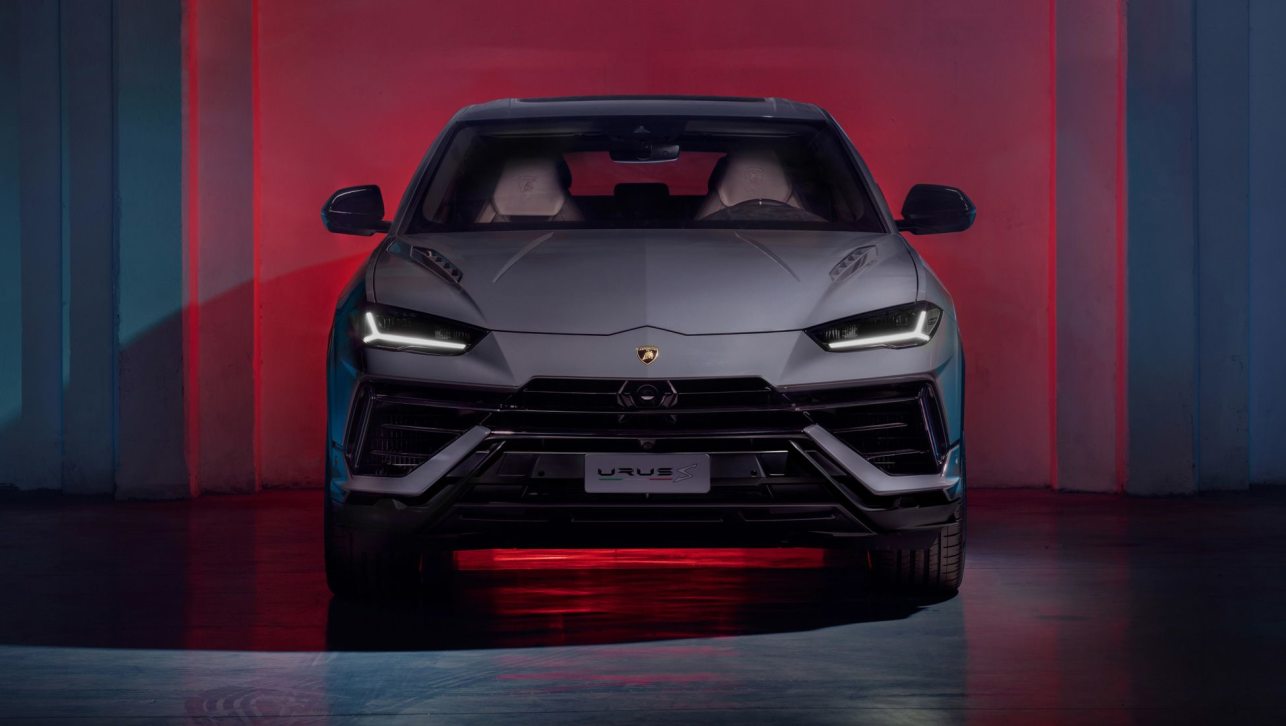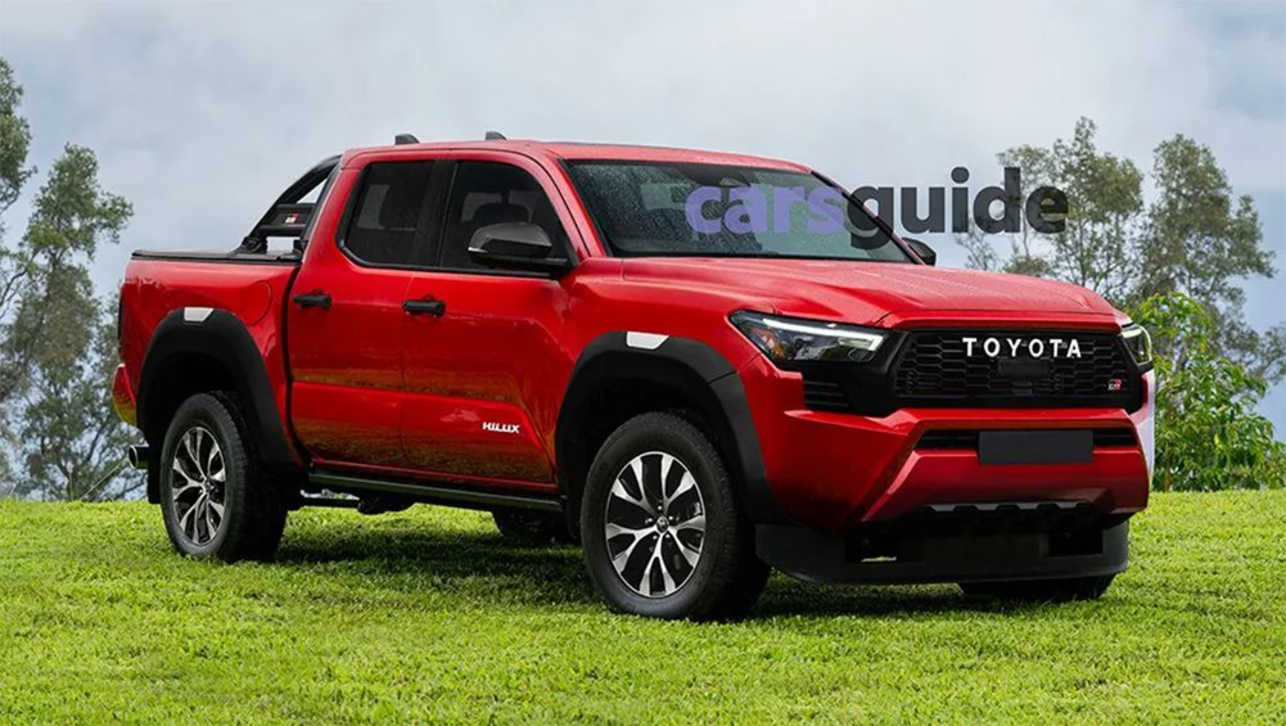Five new SUV models by end of 2018 set to fill gaping holes in VW’s product portfolio.
Volkswagen knows it needs new SUVs – and fast – to keep up with a market that’s fascinated by high-riding wagons, so it’s pulling out all the stops to plug several holes in its range.
A total of five new SUVs will launch in the next 30 months, kicked off later this year by the all-new Tiguan mid-sizer.
As for the other four, count on a Polo-based mini SUV that will likely mimic the T-Cross Breeze concept that was unveiled at the Geneva Motor Show earlier this year.
With the Tiguan growing in size, there will be room for another Golf-based SUV underneath it, this one likely to be based on the T-Roc concept that’s been out in the wild for a couple of years.
Volkswagen underestimated the shift in market that happened globally with SUVs.
The final two are set to be larger in size, but won’t include a wagon version of the brand’s Amarok ute, a la the Toyota Fortuner, Mitsubishi Pajero Sport, Isuzu MU-X and Ford Everest.
Instead, a seven-seat version of the Tiguan – set to be based on a different, longer bodystyle than the five-seater, and known as the Tiguan XL – is included on the list.
An even larger seven-seater SUV that’s already been announced for left-hand-drive markets is also expected to get the nod for right-hook production.
VW Australia managing director Michael Bartsch acknowledged that the brand was behind on the scoreboard thanks to a lack of presence in the key growth areas of the Australian car market.
“Volkswagen underestimated the shift in market that happened globally with SUVs,” he told journalists in Sydney. “It’s something that has been addressed.”
He added that about 11 per cent of VW Australia’s volume is currently SUVs, but while the new model onslaught is vital to growth, it won’t come with a rock bottom price.
“We've had a very price-focused strategy for the last four years in order to get some critical mass in the market,” he said. “We have a very good footprint in the market in Australia now. We've got some 300,000 cars that are less than seven years old.
“We've bridged that critical mass point of view, but I think we'll always be in the upper end of the price for the segments that we participate in.”
The new SUVs would also have to pull their own weight in the sales rankings, and not just rely on poaching sales from the still dominant but softening passenger car segments.
“What will happen is that a lot of this [growth] will have to be incremental,” he said. “It's not just simply now a matter of substitution.
“For an SUV to be sustainable in the Australian market, you would have to look at volumes of between 5,000 and 10,000 units per model [per year] to be sustainable in terms of the marketing costs. Otherwise you wouldn't do it in that segment.”
The current Tiguan has sold around 6,500 models a year over the last two years.
Mr Bartsch indicated that the local arm of the company was at the mercy of its masters in Wolfsburg when it came to the SUV offerings coming down the pipe, and whether they would even be built for the smaller right-hand-drive markets like Australia and the UK.
“Ultimately, they will offer all the models to us,” he explained. “It then becomes simply a question of the volume potential, and where the car is built, so then we have to justify making the right-hand drive model.”
The company has been on the back foot for the last twelve months as it battles through the fallout from the diesel emissions saga, with cost cutting measures implemented across the entire operation.







.jpg)
.jpg)
.jpg)

.jpg)
.jpg)
.jpg)
.jpg)
.jpg)
.jpg)

.jpg)
.jpg)
.jpg)
.jpg)
.jpg)


.jpg)




.jpg)




.jpg)
.jpg)




Comments